Beautiful ways with seasonal spring flowers
© Tamsyn Morgans
When choosing cut blooms, make the most of home-grown flora from British fields
For me, it’s not until April that it really starts to feel like spring has kicked in. The brisk days of March are finally behind us and there are more options to choose from to fill vases in our homes. Most flowers sold in the UK come from Holland and sometimes even as far as Africa, but I like to celebrate our home-grown varieties, showing how to extend their life and suggesting ways to display them.
Aim to buy locally, or try a postal service such as Petalon, Bloom & Wild or Freddie’s Flowers who all use in-season flowers.
Don’t have any plant food? Add a dash of lemonade to your water to do the same trick. To keep flowers fresh, remove foliage that will have contact with water.
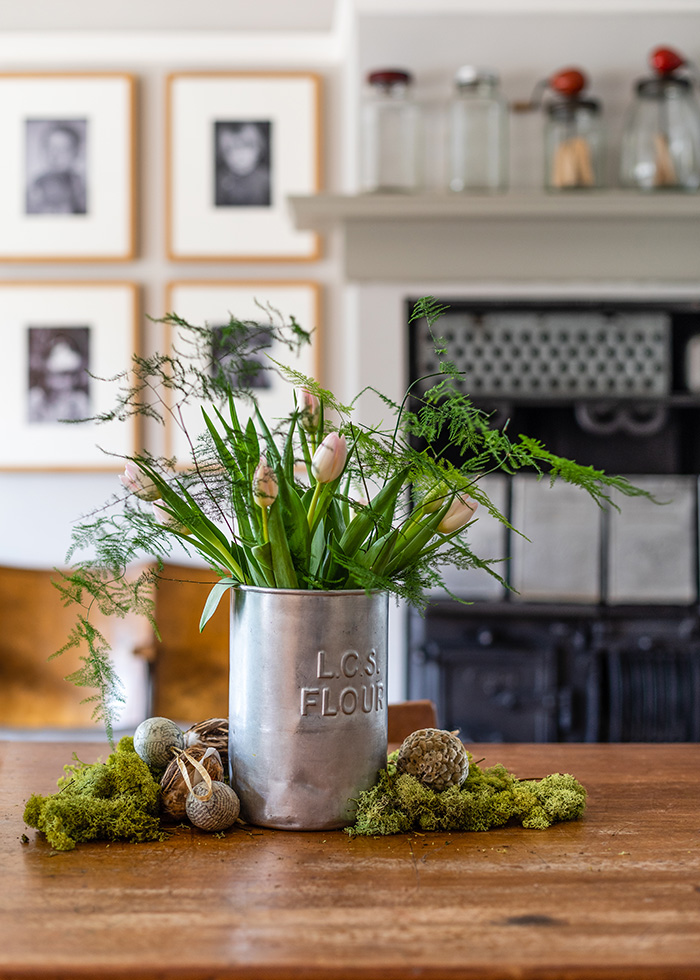
© Cathy Pyle
Tulips
A classic spring flower. Some varieties are available earlier in the year, but April and May is when tulip season is in full swing. Keep an eye out for some of the more unusual varieties, such as ‘Texas’, ‘Bellflower’ with its frilled edges, ‘Bonanza’ which almost resembles a peony, or for a two-tone option try Tulipa biflora which looks more like a wildflower – and amazingly five blooms per stem!
Tulips look great in jugs or glass vases, on their own or mixed with ranunculus and anemones. Good for vibrant, cheerful colour on a dining table or in the living room.
Stems continue to grow after being cut, so consider this when selecting the size of your vase. Add flower food, refresh water and cut stems every one to two days.
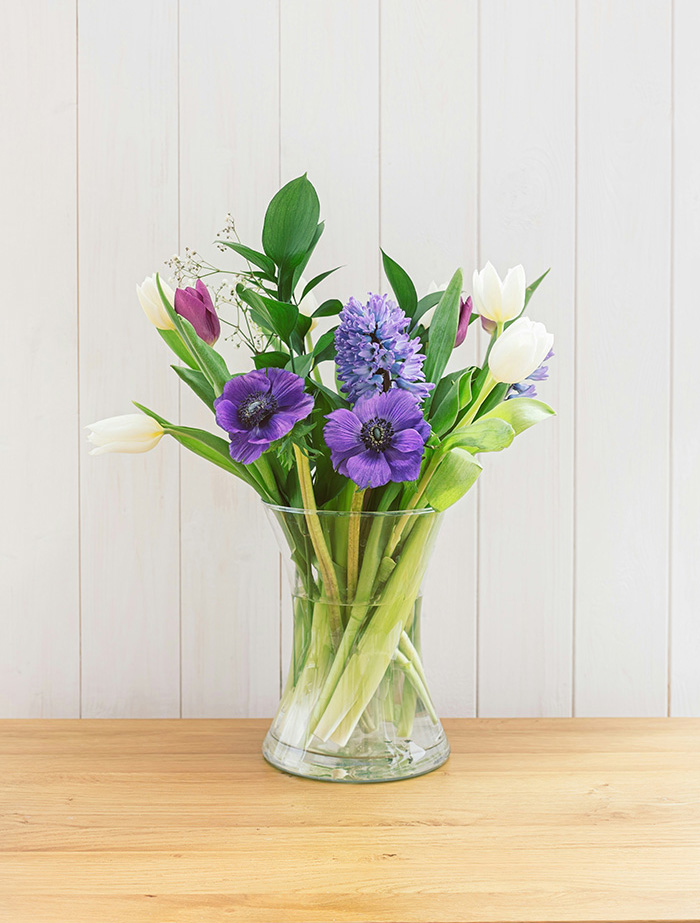
Natalie Kinnear/Unsplash
Anemones
Popular for spring bouquets, Anemone coronaria is the most recognisable variety with its deep-black tendrils. Make the most of them in April and May, as UK-grown anemones will only be available during these months.
Group with other spring florals. Mix two or three different colours of anemones with tulips or ranunculus, and finish with some greenery.
Anemones continue to grow in the vase, so cut stems every one to two days, then refresh with flower food and clean water. Keep water levels at around 2cm deep, otherwise stems will get soggy and rot.
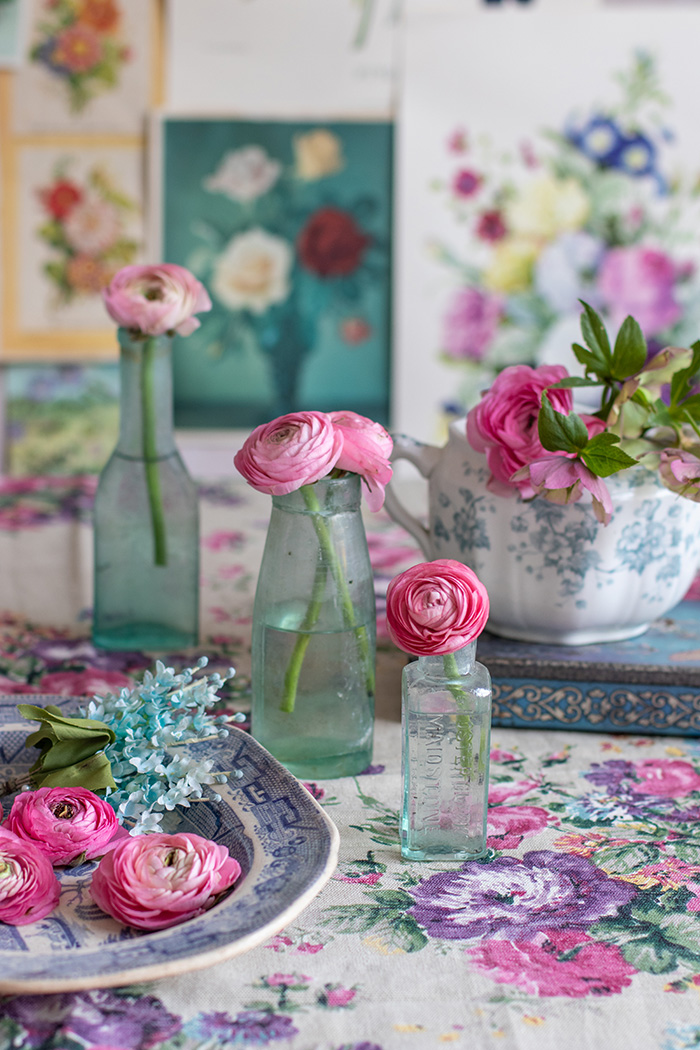
© Tamsyn Morgans
Peonies
A true focal-point flower. Definitely a favourite across the board and one I find people love to buy for themselves as they are such a treat. More modern and soft than a rose, peonies come in various shades of cream and pink, deepening into crimson, red and burgundy.
Peonies are best taking centre stage – perhaps add some eucalyptus for drama. The romanticism of this flower makes for a great bedroom arrangement.
Cut stems every two to three days, but check water levels daily as they are a thirsty flower. Keep in a cool spot, out of bright light or direct sun.
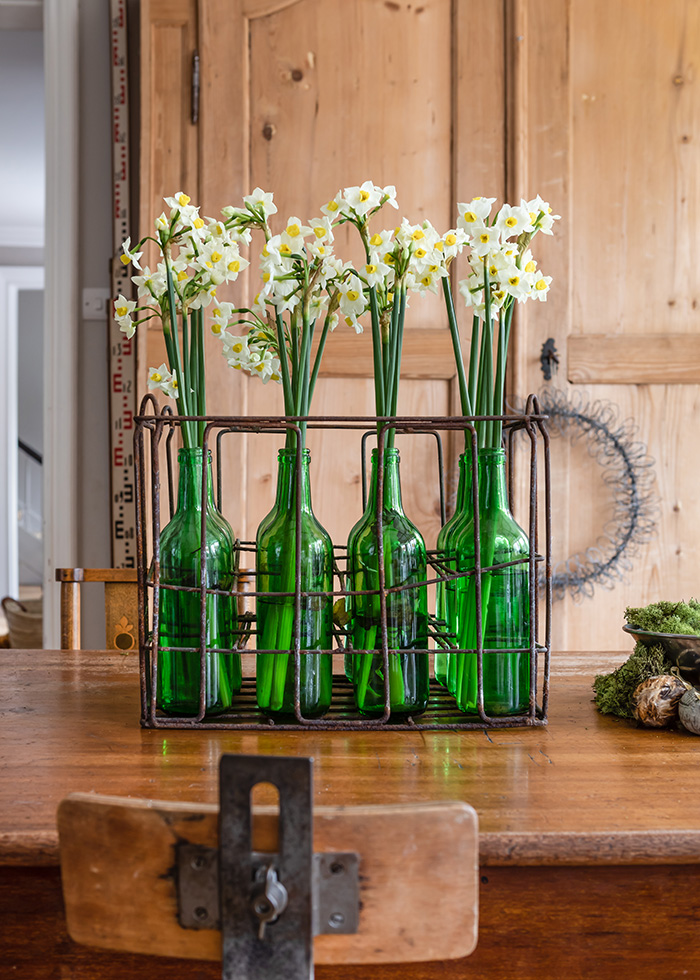
© Cathy Pyle
Daffodils
Spring wouldn’t be the same without these buttercup-coloured beauties and the variety on offer is surprisingly abundant. A particular favourite of mine is ‘Professor Einstein’ which has an egg-yoke yellow centre and outer petals of cream. I also love wild narcissus like Narcissus bulbocodium, which has beautiful, mini trumpet heads. Definitely one for the wildflower lover.
Display daffodils on their own, as the sap can be poisonous to other flowers. Flower food is not recommended as it encourages sap flow.
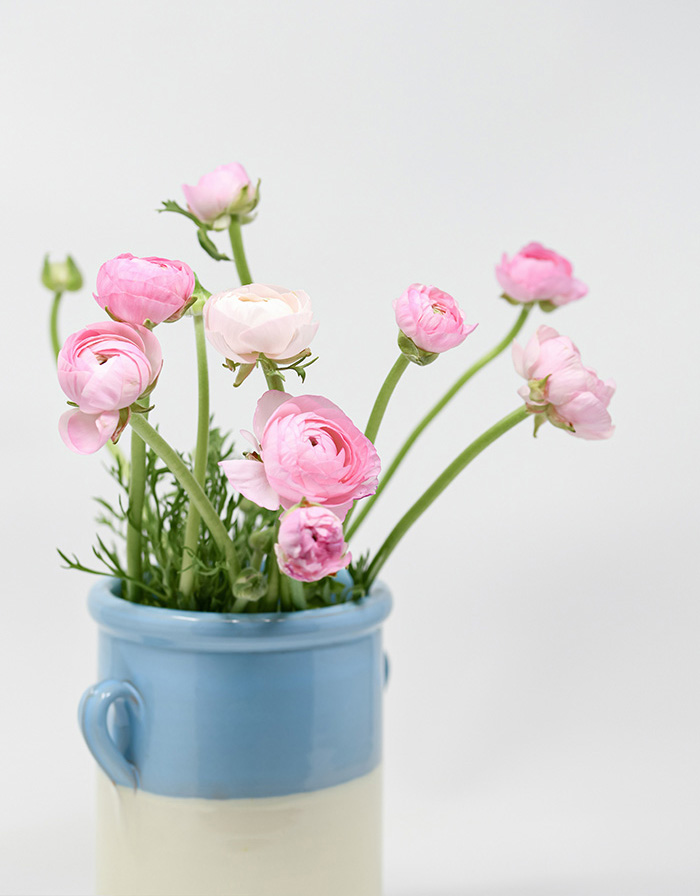
Laura Adai/Unsplash
Ranunculus
The delicate sensuality of papery-petalled ranunculus can’t help but make for a pleasing display. Mixing well with other spring flowers, they are readily available in spring and surprisingly affordable. The colour range is wide also, with white, yellow, peach, gold, various shades of pink, red and burgundy.
Play around with their delicacy by displaying with slightly wilder-looking spring stems, such as campanula, clematis and aquilegia. Great to mix hand-tied with other stems for support.
Fresh water, trimming and maintenance is essential, but the stems are very fragile and benefit from inserting wire to help support the head. They have a longer life than other flowers, often up to 10 days if maintained carefully.
WORDS: ANGELA MAYNARD
Before you go...
...fancy automatic entry to all future competitions?
Simply register online today for FREE and you will get:
Automatic entry to all current and future competitions.
Access to Reclaim Inspiration - an online visual pinboard for saving all your home and style inspiration.
A regular newsletter of inspiration, ideas and advice.

Save all your articles in one place
Become a Reclaim Member to save all your home and style inspiration. Simply login or register online today for FREE and you will get:
Automatic entry to all current and future competitions.
Access to Reclaim Inspiration - an online visual pinboard for saving all your home and style inspiration.
A regular newsletter of inspiration, ideas and advice.








